Taking part in the Festival helped Kabeera's cast to address issues of gang violence.
Welcome to ‘Backstage Blog’; our new series that goes behind the curtain and shines a spotlight on one of the key components that brings a theatre production to life. Whether you’re a regular theatregoer, a budding enthusiast or a student looking for a starting point to learn more, our aim is to explore the storied history and vibrant world of theatre through each of its key roles. And what better place to begin then with perhaps the biggest role of them all…the director!
What’s the role?
If you were to sit down and draw a mind map or tree diagram planning how to convert words on a page into a living and breathing production, the very first word you would have to write down is ‘director’. That’s because it is the role of the theater director to transform an artistic and creative interpretation of a playscript into a practical, staged performance.
The theatre director is essentially the chief organiser, tasked with orchestrating all aspects of a production and seamlessly integrating the performers (actors, dancers, choreographers etc.) with the technical staff (lighting and sound technicians, costume and set designers etc).
The Major Steps
There’s a handful of key steps that directors in charge of a theatre production will typically follow. Their first major task is to visualise the play’s atmosphere, tone and how it will be presented in action as a live piece of entertainment. This often requires extensive research into the script’s author, the historical and social period in which the play is set and its previous productions.
The second key task is the casting of actors and ensuring they match the stylistic vision for each of the script’s characters. Once cast, the director will run ‘blocking’ sessions in which they work collaboratively with the actors to refine the finer details of their performance such as where they stand and how they move throughout each scene.
The director then coordinates ‘runs’ of the play which are essentially mini rehearsals designed to drive home the desired tone and culture of the production. These runs are integrated with the physical elements of the production as the stage crew are drafted in for technical rehearsals. Once the final dress rehearsals and performances are taking place, the director’s contributions are already set in stone and the responsibility of carrying the production is now in the trusted hands of the performers and crew.
Success Stories
Now that we’ve covered the role itself, let’s have a look at a few notable directors and their contributions to the world of Theatre.
In addition to being one of Coram Shakespeare Schools Foundation’s proud patrons, Sir Nicholas Hytner served as the head of the Royal National Theatre from 2003 to 2015. Here, Hytner was widely credited with re-energizing London’s Theatre scene, directing innovative productions that opened the National Theatre up to younger audiences. Hytner has received multiple Tony and Lawrence Olivier awards for Best Director and was knighted for his services to drama in 2010 by Queen Elizabeth II.
Moving across the Atlantic, another world-renowned theatre director is Julie Taymor. Her 1997 Broadway stage adaptation of The Lion King is the highest grossing entertainment title in box office history and has been seen by over 100 million people worldwide in over 20 countries. Taylor subsequently became the first ever female director receive a Tony Award for Best Direction.

Disney's The Lion King at the Lyceum Theatre, London. Credit Johan Persson
High Risk, High Reward
Whilst the role of a director is undeniably challenging, they also have an incredibly rewarding and impactful experience within their hands. As the likes of Sir Nicholas Hytner and Julie Taymor have shown, the director has the unique opportunity to create a timeless and high art form, to be a leader to their artist peers, and to put their own creative stamp on history’s most important and enduring stories.

